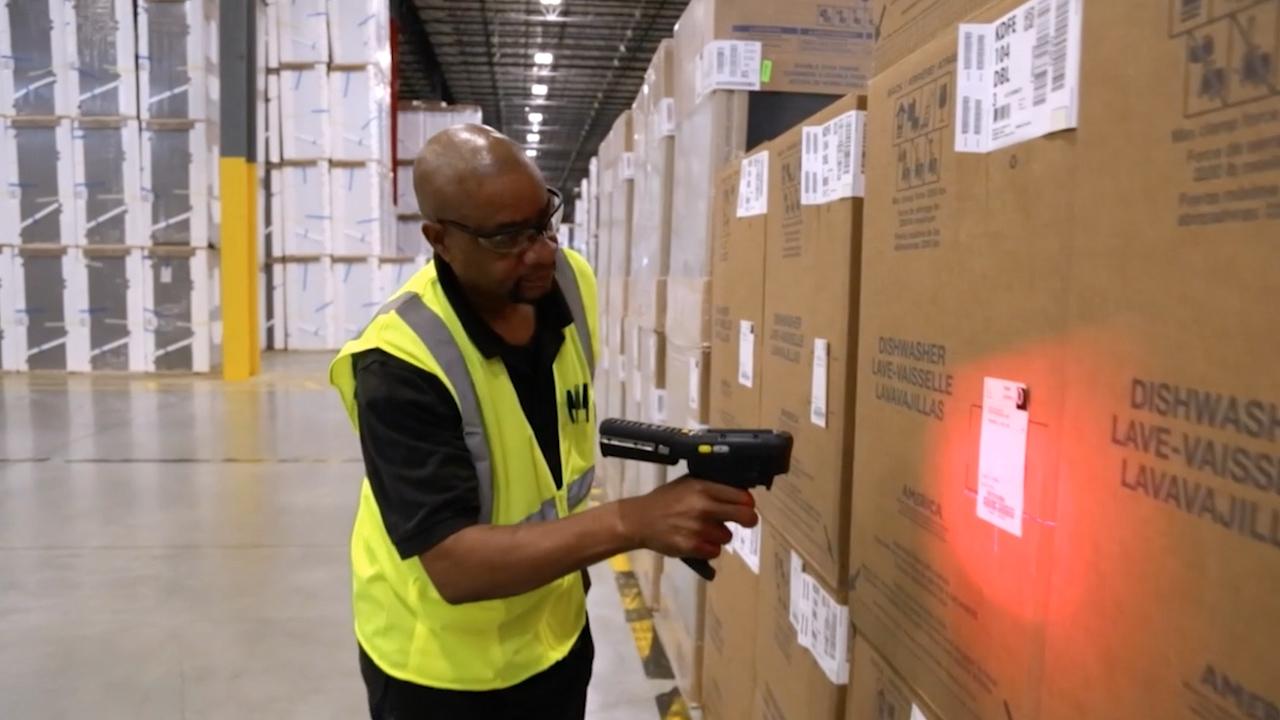Zebra Tech CEO: Retail is not dead, evolving
You probably see Zebra Technologies products every day without even knowing it. Mobile computers, printers, barcode scanners, even wearable tech for NFL players.
Founded in 1969, Zebra Technologies is proud to be the Fortune 500 company you didn’t even know existed.
“We jokingly say we have been hiding in plain sight for 20 years … you actually come across Zebra products in your daily lives,” Anders Gustafsson, CEO of Zebra Technologies, told FOX Business.
Working with 95% of all Fortune 500 companies, it is a global industry leader with business in more than 40 countries and touching many industries including manufacturing, health care and logistics. With the rise of new tech and the Internet of Things, or IoT, (connected smart technology) business has been good. In its third quarter earnings report, Zebra earned an adjusted $1.87 a share, up 31% year-over-year, on sales of $935 million, up 3% from the same period in 2016.
“We have been very successful … we exceeded the higher upper end of our guidance range for revenue, over 6% in revenue growth” said Gustafsson. Zebra restructured its debt and lowered interest expense and put the “finishing touches” on the company’s $3.5 billion acquisition of Motorola’s enterprise business.
“The acquisition has been very good for us, it positioned us as a much broader partner to our customers, much more strategic,” said Gustafsson.
For growth, Gustafsson said the future is bright – particularly in retail.
“Now we are helping retailers transition from traditional brick-and-mortar to omnichannel or e-commerce. We have been previously been viewed as a tactical productivity tool, but today we are much more viewed as a strategic enabler of our customers strategy,” said Gustafsson, adding that “retail going through a lot of transitions … one of the key things for that to be successful is the retailer needs to have much more visibility in to their inventory on the shelves … we are helping where the digital meets the physical space.”
Stores are not just stores—instead, they are warehouses and pickup locations for customers. They use real-time information like radio-frequency identification tags (RFID) that will help traditional brick and mortars begin to adapt with the demands of an e-commerce evolution.
“If you order online and you are supposed to come back in an hour and pick it up and if it isn’t there that would be a bad experience. We make sure that they can give those commitments with confidence,” said Gustafsson.
Be sure to check out the full interview with Gustafsson above to learn which sector he thinks will be disrupted by technology next.




















